#hunting
Text
#seduction#kozume kenma#atyd#writing inspiration#dororo#shooting meth#jaskier#alcina dimitrescu#malaygirl#guitars#hunting
121 notes
·
View notes
Text
#the boyz#hunting#obey me lucifer#chce widziec swoje kosci#zhongli x reader#elsanna#bikini model#pietro boselli#bucky x reader#diorama
122 notes
·
View notes
Text


A close encounter with a kestrel
#kestrel#birds of prey#raptors#hunting#flying#birds in flight#hovering#bird watching#bird photography#nature photography#nature lovers#nature pics#nature#wildlife#rspb#rspb love nature#outdoors#outdoor photography#photographers on tumblr#original work#original photographers#all my own work#yorkshire#uk birds
17 notes
·
View notes
Text


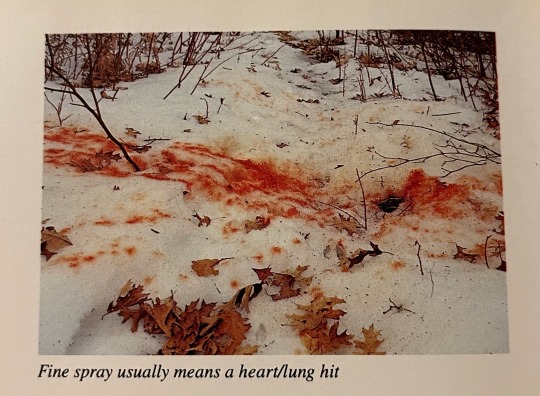

photos from one of my dad’s old hunting books that i used to flip through as a kid
16K notes
·
View notes
Text
Analysis of data from dozens of foraging societies around the world shows that women hunt in at least 79% of these societies, opposing the widespread belief that men exclusively hunt and women exclusively gather. Abigail Anderson of Seattle Pacific University, US, and colleagues presented these findings in the open-access journal PLOS ONE on June 28, 2023.
A common belief holds that, among foraging populations, men have typically hunted animals while women gathered plant products for food. However, mounting archaeological evidence from across human history and prehistory is challenging this paradigm; for instance, women in many societies have been found buried alongside big-game hunting tools.
Some researchers have suggested that women's role as hunters was confined to the past, with more recent foraging societies following the paradigm of men as hunters and women as gatherers. To investigate that possibility, Anderson and colleagues analyzed data from the past 100 years on 63 foraging societies around the world, including societies in North and South America, Africa, Australia, Asia, and the Oceanic region.
They found that women hunt in 79% of the analyzed societies, regardless of their status as mothers. More than 70% of female hunting appears to be intentional—as opposed to opportunistic killing of animals encountered while performing other activities, and intentional hunting by women appears to target game of all sizes, most often large game.
The analysis also revealed that women are actively involved in teaching hunting practices and that they often employ a greater variety of weapon choice and hunting strategies than men.
These findings suggest that, in many foraging societies, women are skilled hunters and play an instrumental role in the practice, adding to the evidence opposing long-held perceptions about gender roles in foraging societies. The authors note that these stereotypes have influenced previous archaeological studies, with, for instance, some researchers reluctant to interpret objects buried with women as hunting tools. They call for reevaluation of such evidence and caution against misapplying the idea of men as hunters and women as gatherers in future research.
The authors add, "Evidence from around the world shows that women participate in subsistence hunting in the majority of cultures."
22K notes
·
View notes
Text
We ask your questions so you don’t have to! Submit your questions to have them posted anonymously as polls.
#polls#incognito polls#anonymous#tumblr polls#tumblr users#questions#guns#gunfire#noise#hunting#miscellaneous polls#submitted nov 9
4K notes
·
View notes
Text
If you ever wondered what the best living vertebrate is, it’s the alligator gar in my totally not biased 100% scientifically backed opinion. They are just a flawless creature. Nothing wrong with them. Good tooth to snoot ratio, they have a winning smile.
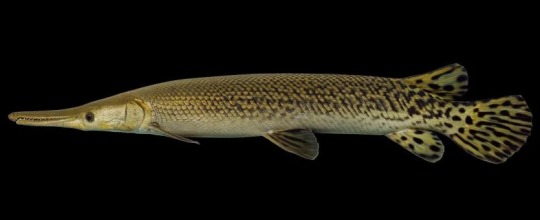


They and other monster fish absolutely should NOT be in the hands of most private keepers at all and I do NOT support morph breeding of them because of that, but pretty fishy cute :c
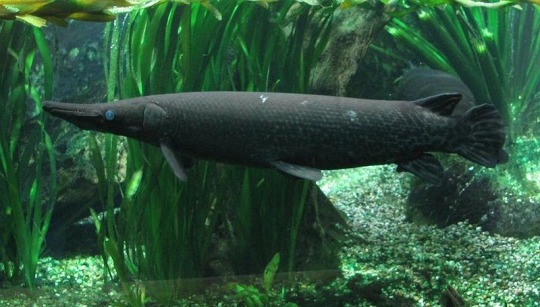
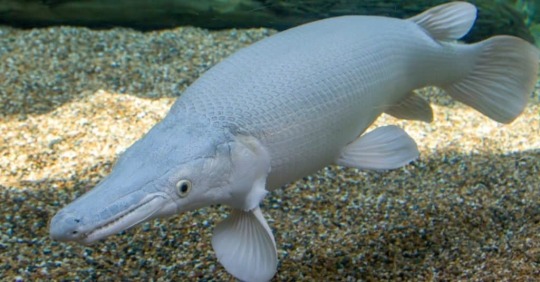

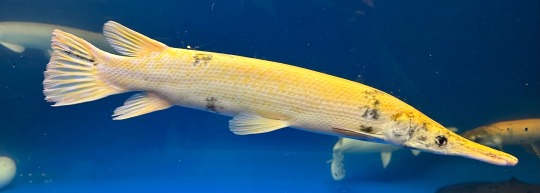
#they are my favorite animal c:#I recently settled on them after a lifetime of not knowing the answer#color mutation#selective breeding#alligator gar#atractosteus spatula#dead animal#hunting#I was ranting at an oddities expo about how much I love gar the guy asked me if I was from Texas#no I just really like them#wonderful armored scales and skulls too#melanistic#leucistic
4K notes
·
View notes
Photo

Credit: Backroad-life
#hunter#country#rustic#ranch#rural#ruralcore#cottagecore#cabincore#outdoors#nature#snow#winter#rifle#hunting rifle#hunting#cowboy#camping#hiking#campinglife#deer hunting#farm#farming
1K notes
·
View notes
Text
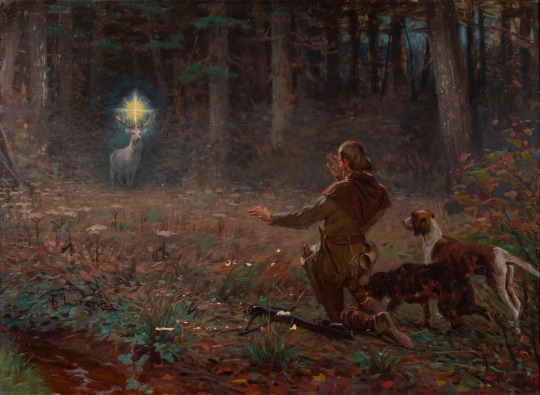
The Vision of St Hubert by Richard Lorenz
#st hubert#saint hubert#art#richard lorenz#vision#hunting#white stag#stag#deer#cross#crucifix#antlers#ardennes#forest#medieval#middle ages#christianity#christian#hounds#frankish#franks#france#belgium#germanic#history#europe#european#religion#religious#hubertus
2K notes
·
View notes
Text
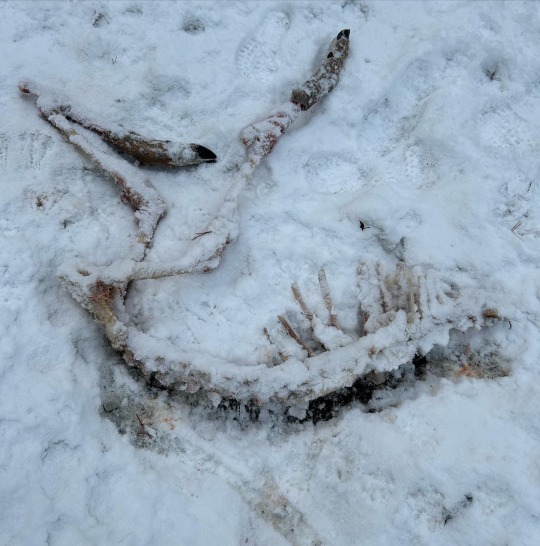


Roe deer remains in Haukijärvi, Hämeenkyrö, Finland - January 2023.
#shot on iphone#sentientglue observes#photography#roe deer#bones#remains#vulture culture#deer#deer bones#snow#Finland#animal corpse#nature#artists on tumblr#forest#suomiblr#suomi#winter#death#hunting#taxidermy#animal preservation#wildlife#tw animal death#tw blood#blood#frost#hoarfrost#carcass
2K notes
·
View notes
Text
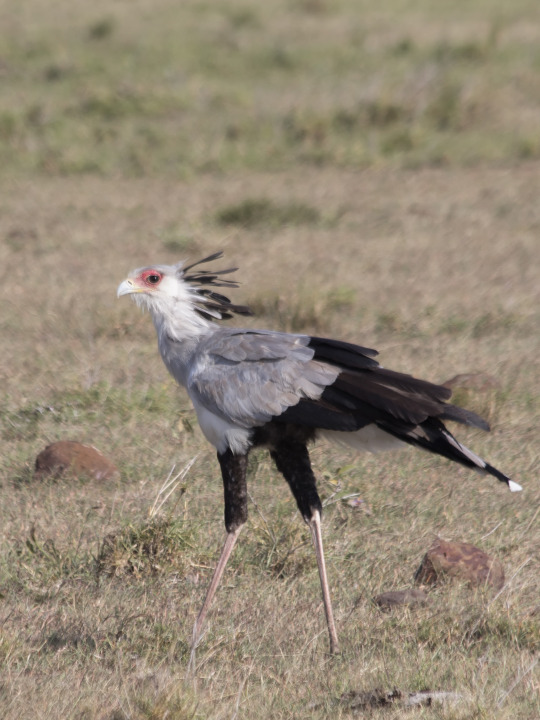

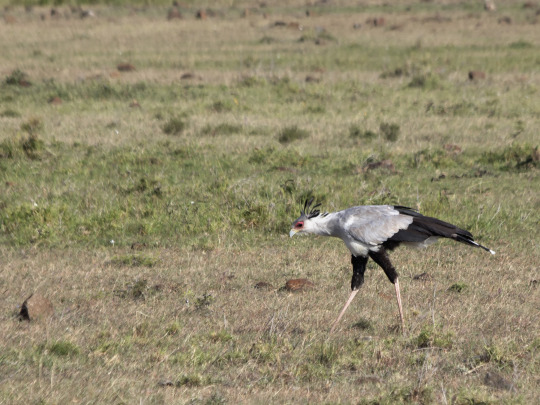
This is a secretarybird, the most alien-looking bird I have ever seen in person. It stands about four feet tall, and hunts lizards, snakes, and other small animals by walking along looking at the ground. It can strike prey with its beak, but often uses its long legs and claws.
I have read that secretarybirds often hunt in pairs or groups, but the two I saw were solitary.
Masai Mara, Kenya, July 2023.
#bird#secretarybird#kenya#raptor#photographers on tumblr#textless#amadee ricketts#hunting#secretary bird#todaysbird
2K notes
·
View notes
Text
Danny DeVito was hunting me for sport in the forest.
#dream#text#April 13th 2024#danny devito#hunting#nightmare#horror#violence tw#queueueueueueueueueueueueueue
506 notes
·
View notes
Text

Hunting, Fishing and Camping by American retailer L.L. Bean.
1946
549 notes
·
View notes
Text
Every once in a while I’ll see some posts about everyone should become vegan in order to help the environment. And that… sounds kinda rude. I’m sure they don’t mean to come off that way but like, humans are omnivores. Yes there are people who won’t have any animal products be it meat or otherwise either due to personal beliefs or because their body physically cannot handle it, and that’s okay! You don’t have to change your diet to include those products if you don’t want to or you physically can’t.
But there’s indigenous communities that hunt and farm animals sustainably and have been doing so for generations. And these animals are a primary source of food for them. Look to the bison of North America. The settlers nearly caused an extinction as a part of a genocide. Because once the Bison were gone it caused an even sharper decline of the indigenous population. Now thankfully Bison did not go extinct and are actively being shared with other groups across America.
Now if we look outside of indigenous communities we have people who are doing sustainable farming as well as hunting. We have hunting seasons for a reason, mostly because we killed a lot of the predators. As any hunter and they will tell you how bad the deer population can get. (Also America has this whole thing about bird feathers and bird hunting, like it was bad until they laid down some laws. People went absolutely nuts on having feathers be a part of fashion like holy cow.)
We’re slowly getting better with having gardens and vertical farms within cities, and there’s some laws on being able to have a chicken or two at your house or what-have-you in the city for some eggs. (Or maybe some quails since they’re smaller than chickens it’s something that you’d might have to check in your area.) Maybe you would be able to raise some honey bees or rent them out because each honey tastes different from different plants. But ultimately when it comes to meat or cheese? Go to your local farmers. Go to farmers markets, meet with the people there, become friends, go actively check out their farm. See how the animal lives are and if the farmer is willing, talk to them about sustainable agriculture. See what they can change if they’re willing. Support indigenous communities and buy their food and products, especially if you’re close enough that the food won’t spoil on its way to you. (Like imagine living in Texas and you want whale meat from Alaska and you buy it from an indigenous community. I would imagine that would be pretty hard to get.)
Either way everything dies in the end. Do we shame scavengers for eating corpses they found before it could rot and spread disease? Do we shame the animals that hunt other animals to survive? Yes factory farming should no longer exist. So let’s give the animals the best life we can give them. If there’s babies born that the farmer doesn’t want, give them away to someone who wants them as a pet. Or someone who wants to raise them for something else. Not everyone can raise animals for their meat. I know I can’t I would get to emotionally attached. I’d only be able to raise them for their eggs and milk.
Yeah this was pretty much thrown together, and I just wanted to say my thoughts and throw them into the void. If you have some examples of sustainable farming/agriculture, please share them because while I got some stuff I posted from YouTube, I’m still interested to see what stuff I might’ve missed!
#solarpunk#farming#hunting#agriculture#sustainability#sustainable farming#sustainable agriculture#like Rewilding farm land is pretty interesting and trying to replicate an ecosystem with farm animals but also allowing wild animals#to make homes in the rewild farm land is pretty cool#and I have an absolute love for food/garden forests#and hydroponics have shown to be really great for communities in the winter time and they want to have fresh produce#all sorts of cool stuff
844 notes
·
View notes
Text
There is a growing body of physiological, anatomical, ethnographic, and archaeological evidence to suggest that not only did women hunt in our evolutionary past, but they may well have been better suited for such an endurance-dependent activity.
We are both biological anthropologists. I (co-author Cara) specialize in the physiology of humans who live in extreme conditions, using my research to reconstruct how our ancestors may have adapted to different climates. And I (co-author Sarah) study Neanderthal and early modern human health. I also excavate at their archaeological sites.
It’s not uncommon for scientists like us—who attempt to include the contributions of all individuals, regardless of sex and gender, in reconstructions of our evolutionary past—to be accused of rewriting the past to fulfill a politically correct, woke agenda. The actual evidence speaks for itself, though: Gendered labor roles did not exist in the Paleolithic era, which lasted from 3.3 million years ago until 12,000 years ago. The story is written in human bodies, now and in the past.
[...]
Our Neanderthal cousins, a group of humans who lived across Western and Central Eurasia approximately 250,000 to 40,000 years ago, formed small, highly nomadic bands. Fossil evidence shows females and males experienced the same bony traumas across their bodies—a signature of a hard life hunting deer, aurochs, and woolly mammoths. Tooth wear that results from using the front teeth as a third hand, likely in tasks like tanning hides, is equally evident across females and males.
This nongendered picture should not be surprising when you imagine small-group living. Everyone needs to contribute to the tasks necessary for group survival—chiefly, producing food and shelter, and raising children. Individual mothers are not solely responsible for their children; in forager communities, the whole group contributes to child care.
You might imagine this unified labor strategy then changed in early modern humans, but archaeological and anatomical evidence shows it did not. Upper Paleolithic modern humans leaving Africa and entering Europe and Asia show very few sexed differences in trauma and repetitive motion wear. One difference is more evidence of “thrower’s elbow” in males than females, though some females shared these pathologies.
And this was also the time when people were innovating with hunting technologies like atlatls (spear throwers), fishing hooks and nets, and bow and arrows—alleviating some of the wear and tear hunting would take on their bodies. A recent archaeological experiment found that using atlatls decreased sex differences in the speed of spears thrown by contemporary men and women.
Even in death, there are no sexed differences in how Neanderthals or modern humans buried their dead or the goods affiliated with their graves. These indicators of differential gendered social status do not arrive until agriculture, with its stratified economic system and monopolizable resources.
All this evidence suggests Paleolithic women and men did not occupy differing roles or social realms.
1K notes
·
View notes
